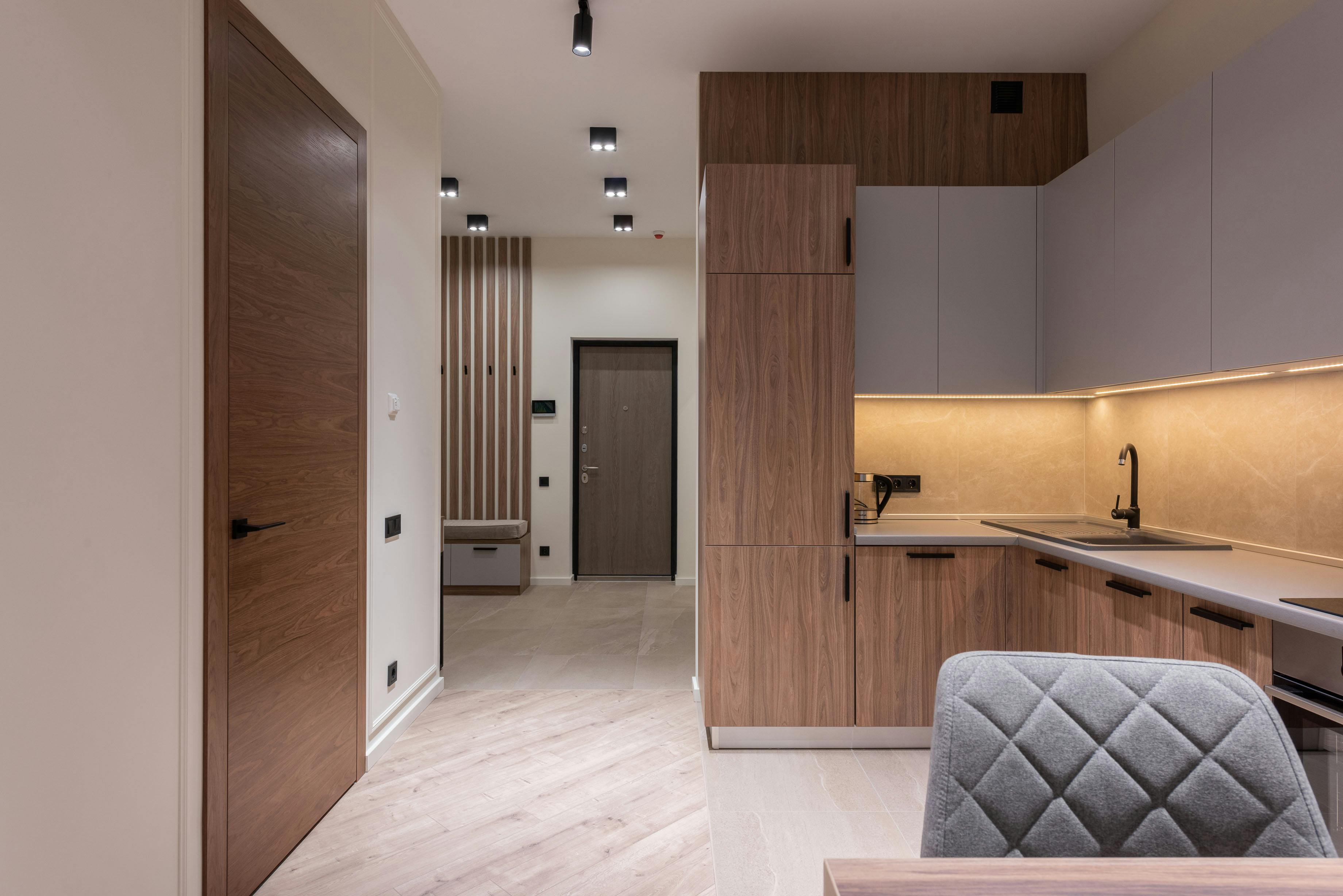Practical Ways to Optimize Your Trainingsplan Zuhause in 2025: Get Started Now!
Are you ready to take your home workouts to the next level in 2025? Crafting an effective Trainingsplan for your Zuhause is essential to achieving your fitness goals, whether you aim for Muskelaufbau, Fettverbrennung, or improved flexibility. This article provides practical insights into developing a personalized fitness program that caters to your needs and fits seamlessly into your lifestyle.
We’ll explore the benefits of Heimtraining, essential components of an effective Fitnessprogramm, and tips for maintaining Trainingsmotivation. You’ll also discover how to design a well-structured Workout-Routine and incorporate vital aspects like proper Körperhaltung, Auwärmovübungen, Cooldown-Übungen, and Sporternährung.
Get ready to revolutionize your fitness journey with practical strategies and professional recommendations to help you achieve your health and wellness objectives!

Essential Components of an Effective Trainingsplan Zuhause
Building on the fundamentals of home training, understanding the key elements of a Trainingsplan is crucial. Your plan should include diverse workouts, adjustable intensity levels, and clear training goals.
Understanding Trainingsziele
Your Trainingsziele serve as the foundation of your plan. Whether it’s Krafttraining or Ausdauertraining, staying focused on your goals is paramount. Goals can be categorized broadly into strength building, fat loss, flexibility, and endurance. Setting SMART (Specific, Measurable, Achievable, Relevant, Time-bound) goals helps create a roadmap for your fitness journey.
Incorporating Workout-Routines
In your Workout-Routine, it’s important to incorporate a variety of exercises such as Eigengewichtübungen, Fitnessgeräte, and Kardiovaskuläres Training. A proper blend of exercises caters to different muscle groups and enhances overall fitness. Utilizing online fitness videos can bring variety and inspiration to your routines and prevent boredom during workouts.
Fitness-Tracking for Progress
Using a Fitness-App or a journal for Fortschritt tracking can help maintain your motivation. Noting how much weight you lift, the number of repetitions, or timing your runs provides valuable feedback on your performance. This allows you to adjust your workouts, increase intensity, and ensure continuous improvement.
The next logical step leads us to exploring how to design your fitness space at home.
Designing Your Home Workout Space
Creating an optimal workout environment in your Zuhause is essential. A well-designed space promotes focus and reduces distractions, aiding your Trainingsmotivation.
Choosing the Right Room
Select a space where you can move freely and safely without interruptions. Consider rooms that naturally have good lighting and ventilation. Ensure that the area can accommodate your Fitnessgeräte and have enough space for bodyweight exercises.
Essential Fitness Equipment
Equip your home with versatile Fitnessgeräte that meet your training needs, like resistance bands, dumbbells, or kettlebells, which are perfect for strength training. For aerobic workouts, consider investing in a jump rope or a stationary bike. These tools assist significantly in diversifying your training.
Creating a Motivating Atmosphere
Personalize your workout area to boost your mood. Incorporating motivational quotes, keeping your Trainingsmaterialien well-organized, and maintaining a clean space can contribute significantly to your workout enthusiasm. Additionally, an engaging playlist can elevate your energy during workouts.

Developing a Varied and Flexible Training Routine
With these basics established, it’s crucial to embrace training variety and flexibility. A static routine can lead to plateauing, while varied workouts stimulate muscle adaptation and enhance progress.
Incorporating Different Training Styles
Attempt various training styles such as Funktionelles Training, high-intensity interval training (HIIT), or circuit training. Changing your workout format keeps things fresh and engaging. Incorporate both Krafttraining and Kardiotraining to develop a well-rounded fitness program.
Adjusting Training Intensity
Modifying your Trainingsintensität according to your fitness level and time available is crucial. Learning to gauge your effort level helps avoid burnout and injuries. This practice encourages long-term adherence to fitness.
Weekly Flexibility
Interweaving flexibility within your weekly schedule allows for adjustments based on your personal life. Each week can consist of workouts that vary by intensity, duration, and focus to adapt to your physical and mental state.
This naturally leads us to explore the nutritional aspect of fitness that complements effective training.
The Connection Between Nutrition and Effective Training
When optimizing your Trainingsplan, it’s equally important to consider Sporternährung. Proper nutrition fuels your workouts and enhances recovery and muscle growth.
Understanding Nutritional Needs
Know your Körperfettanteil, training demands, and nutrition requirements. For example, a higher protein diet is essential for muscle repair, while adequate carbohydrates provide energy for sustained workouts. Keeping your meals balanced with fiber, vitamins, and minerals is key to optimal health.
Meal Timing Around Workouts
Learning to time your meals ensures energy during sessions and promotes recovery afterward. A light meal or snack 30-60 minutes pre-workout can be highly beneficial for maintaining energy levels. Post-workout, consuming protein-rich foods aids muscle recovery.
The Role of Hydration
Staying hydrated is vital for energy levels and overall health. Proper water intake before, during, and after workouts boosts performance and aids recovery. Hydration also supports metabolism and digestion.
Embracing Community and Accountability
With all these components discussed, remember that fitness is often more manageable and enjoyable when done in community. Engaging with others can help maintain your enthusiasm and commitment to your Trainingsplan.
Finding Fitness Communities
Join local or online Fitness-Community platforms where individuals share experiences, progress, and training tips. Engaging in group training or challenges can make your workouts feel less burdensome and more communal.
Online Fitness Courses and Coaching
Consider enrolling in Online-Fitnesskurse led by professional trainers. This not only provides guidance but also creates a sense of obligation to show up and work hard. Personal training sessions can also offer customized advice to keep you on track.
Utilizing Social Media for Motivation
Connect with Fitness-Blogger and influencers online for ideas and encouragement. Their journeys can inspire you and provide practical tips to help push past your limits while achieving your fitness goals.
Conclusion and Action Steps
Systematically approaching home workouts involves several essential elements from creating a tailored Trainingsplan, providing the right environment, understanding nutritional values, and engaging with a supportive community. As you embark on or enhance your fitness journey in 2025, remember to stay adaptable and focused on your individualized Fitnessziele. Use the strategies discussed, plan your next workout, and take those first steps towards a healthier and more active lifestyle!
Q&A: Common Questions about Home Training Optimization
What are the most effective exercises for home workouts?
Effective home exercises include push-ups, squats, lunges, planks, and using resistance bands or dumbbells. Mixing these with cardio, like jumping jacks or burpees, ensures comprehensive fitness.
How can I stay motivated to work out at home?
Set clear goals, use fitness tracking apps, and join online communities for support. Regularly changing your routine also keeps workouts fresh and exciting.
What should I eat before and after my workouts?
A light meal with protein and carbs is great pre-workout, like a banana with nut butter. Post-workout, focus on protein-rich foods to promote muscle recovery.
Is it necessary to have fitness equipment at home?
No, you can achieve excellent results with bodyweight exercises. However, buying basic equipment can enhance your training options and allow for greater intensity.
How often should I change my training routine?
To prevent plateaus, aim to change your workout routine every 4-6 weeks. This can include changing exercises, intensity levels, sets, and repetitions.
